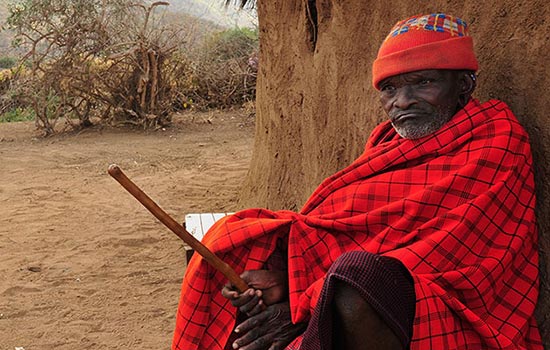Global Poverty and the Sustainable Development Goals
The Sustainable Development Goals (SDG), adopted in 2015 by the United Nations, is the most comprehensive and ambitious poverty reduction plan the world has embarked upon.
It expands the scope of the world community’s previous efforts to end extreme poverty and eradicates the burden poverty places on the world population — child malnutrition, gender inequality, unclean water, improper sanitation, poor health and well-being, and inequalities in education, economics, energy, justice and sustainability.
This burden, the burden of poverty, is literally carried on the heads and on the backs of the poor.

But the burden poverty places on society and individuals isn’t just economic or physical. Measuring poverty this way overlooks the other types of poverty oppressing the marginalized. Poverty causes the poor to suffer emotionally and spiritually as well.
That’s why the SDG isn’t just about ending poverty around the world. It’s about protecting the planet and ensuring all people enjoy peace and prosperity.
Building a sustainable future means finding ways to meet the needs of the present without sacrificing the ability of future generations to meet their own needs. It requires a unified, collaborative and global approach that isn’t bound by cultures, conditions or continents.
Because a life of poverty means the poor carry a shade of poverty in their hearts and wear it etched on their faces. They become shells of unfulfilled potential and possibility.

Efforts to eliminate inequality and extreme poverty in the world have gradually lowered poverty rates in many low- and middle-income countries in South Asia and Latin America. But not everyone has been helped.
According to the World Data Lab, poverty in Africa is increasing in 16 countries. Additionally, 27 of the world’s 28 poorest countries are in sub-Saharan Africa, and each has a poverty rate of over 30%.9
Extreme poverty throughout the world was worsened in 2020 and 2021 by the COVID-19 pandemic and the stringent measures implemented to slow its spread. According to the United Nations Sustainable Development Goals Report 2020, the global poverty rate rose to 8.8% in the first year of the pandemic from 8.2% in 2019. It was the first time for the rate of extreme poverty to increase since 1998.
In working with kids in poverty all around the world, we see poverty trying to steal joy, destroy dignity and put hope to death. We see poverty trying to enslave children and sustain helplessness for generations. And we see the shells of the people it conquers.
But poverty doesn’t always win.
Not even close.
Is Poverty Increasing or Decreasing Around the World?
The good news is 1.1 billion people have moved out of extreme poverty since 1990, and 15 countries have made rapid progress in extreme poverty. Several countries in Asia, including China, Moldova and Vietnam, effectively ended extreme poverty in 2015. Tanzania, one of seven sub-Saharan countries on the list, almost halved its extreme poverty in just over a decade!
Although the world has made huge progress on extreme poverty reduction, progress hasn’t been even. The majority of the 689 million people still living on less than $2.15 a day are in sub-Saharan Africa. Even among sub-Saharan high-performers such as Tanzania, rates of extreme poverty remain above 40%.
In addition, the pace of decline in the overall extreme poverty rate has slowed since 2013, and the world isn’t on track to hit the target of ending poverty by 2030. The pandemic has also dramatically slowed the reduction of poverty across the globe.10